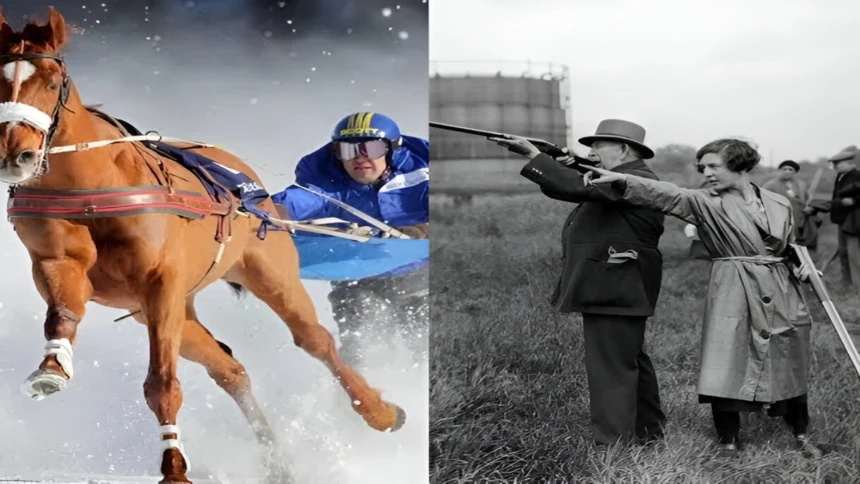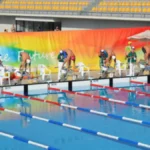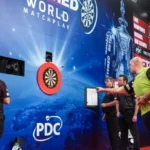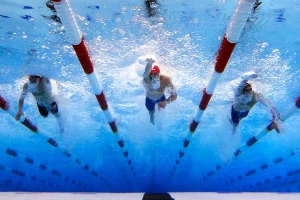Often hailed as the world’s most prestigious and prominent sporting event, the glorious history of the Olympic Games has witnessed thousands of athletes taking command of their respective countries and hundreds of popular sports being featured on the global stage. In addition to the mainstream sports, including gymnastics, swimming, tennis, archery, skateboarding and many others, the Olympic Games have also been a mainstay for a few of the most unusual sports as well. Have you ever wondered about the most unusual sports that have been featured at the Olympics since its inception in 1896? Well, let’s find out.
In this article we will take a look at the top four most unusual sports that have been featured at the Olympic Games.
Top 4 Most Unusual Sports In Olympic Games History
200m Swimming Obstacle Race
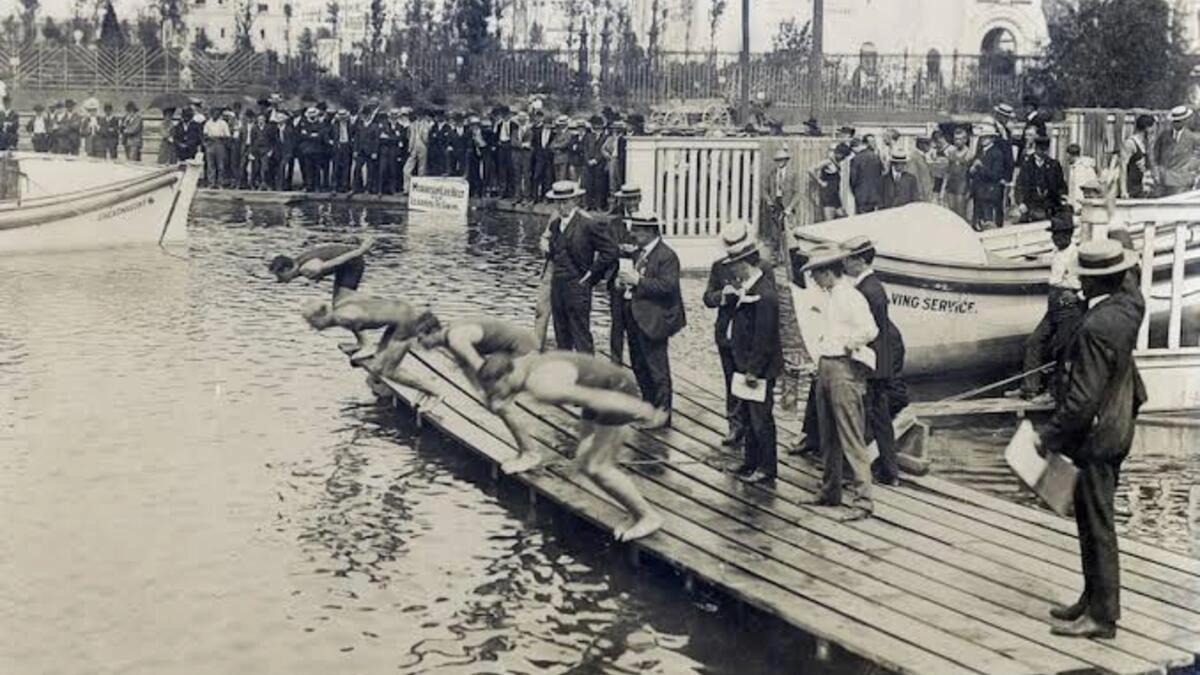
Well, the 200m swimming obstacle race featured at the 1900 Olympic edition is undoubtedly hailed as one of the most unusual and adventurous sports that has ever been introduced in the history of the Olympics. In the 200m swimming obstacle race, the swimmers were required to swim 200 meters in the open water of the Seine River with three major obstacles along the way, including climbing over a pole placed across the river, climbing over a row of boats anchored in the water and finally swimming under another row of boats.
Well, this unusual mix of “swimming, diving and climbing” left the Olympic fans in shock. Australia’s Frederick Lane completed the 200m swimming obstacle race in 2 minutes and 38.4 seconds and clinched a gold medal for his country at the 1900 Olympic Games.
Live Pigeon Shooting
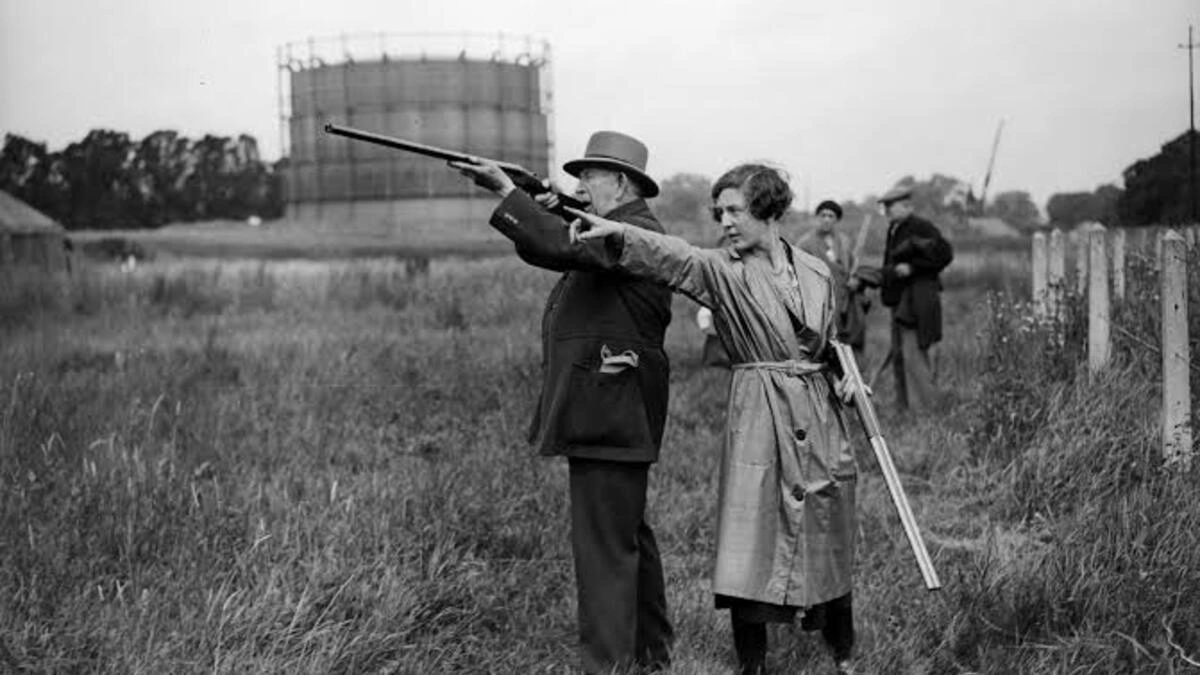
Often referred to as one of the most bizarre sports, live pigeon shooting is at the second spot in our list of the top four most unusual sports that have been featured at the Olympic Games. Live pigeon shooting was introduced as an official sport at the 1900 Paris Summer Olympics. During the game, live pigeons were released one at a time in front of each shooter, and they were allowed to shoot as many pigeons as possible without missing.
As per the rules of the game, a shooter was bound to get dismissed after missing two birds. According to the official reports, as many as 300 birds were killed throughout the 1900 Paris Summer Olympics, sparking an intense outrage from animal welfare groups. Belgium’s legendary shooter Léon de Lunden ended up clinching a gold medal in the live pigeon shooting event at the 1900 Paris Summer Olympics after shooting down a total of twenty-one birds.
Skijoring
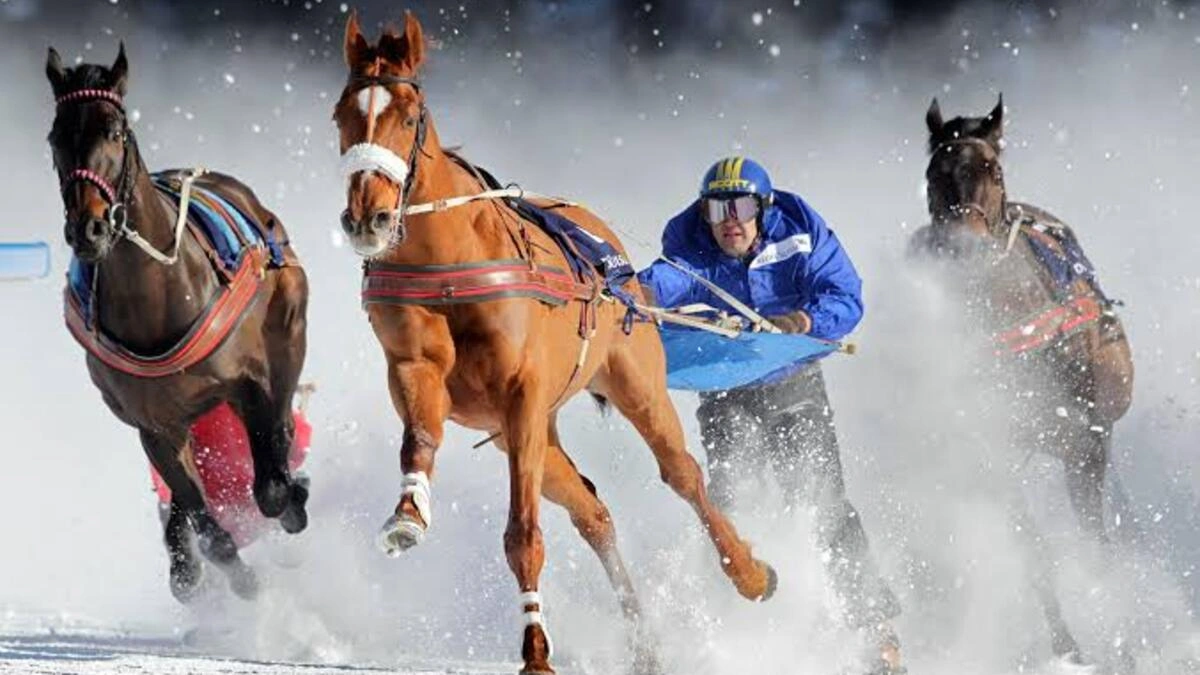
At the third spot in our list of the top four most unusual sports that have been a part of the Olympic Games, we have Skijoring, which is widely regarded as one of the most bizarre winter sports to have ever featured in the Olympics, wherein skiers are pulled by horses across snowy tracks at high speeds. Skijoring was introduced as an official sport at the 1928 Winter Olympics where skiers without reins or saddles were pulled by galloping horses over a course on a frozen lake.
Although the founding father of the Olympic Games, Pierre de Coubertin, held extremely high expectations of the game, skijoring surprisingly never made a return to the Olympic arena after the 1928 Winter Olympics.
Running Deer
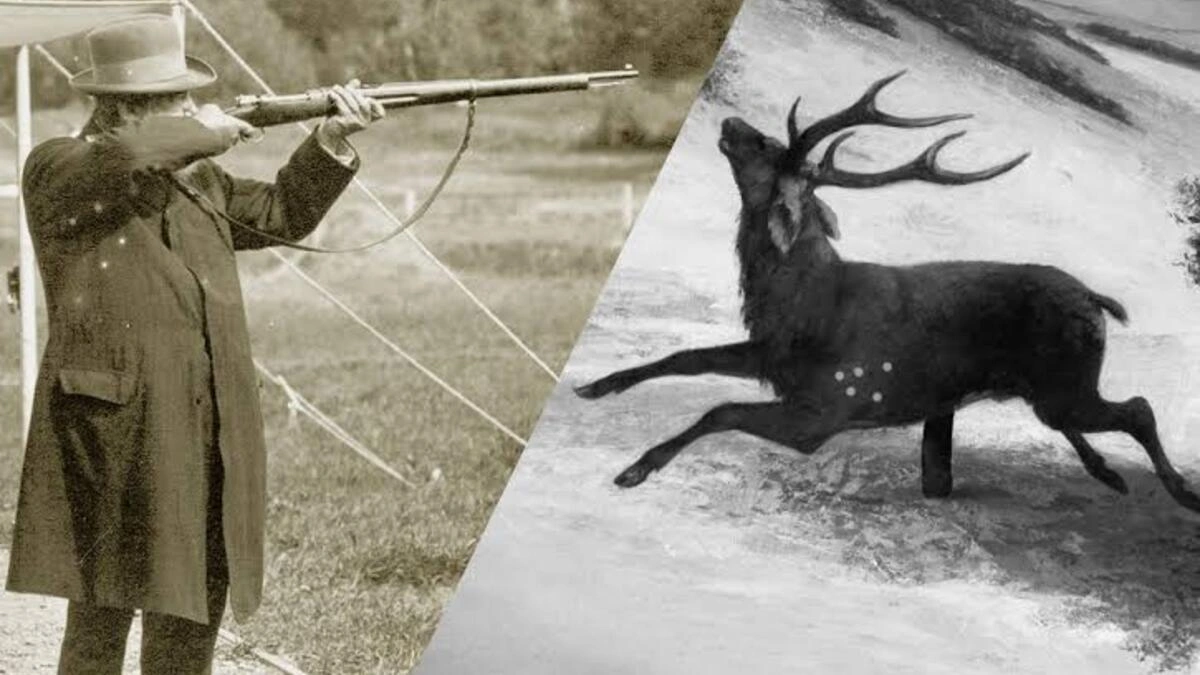
The Running Deer game made its debut on the Olympics’ scene as an official sport in the 1908 London Olympics and continued to be a mainstay for a total of five Olympic editions until it was ruled out after the 1952 Helsinki Olympic Games.
As per the Olympic rules of the “Running Deer” sport, a deer-shaped target moved across a 75-foot-wide opening at a distance of 100 meters and the shooters were required to fire either one shot (single) or two shots (double) as the deer passed for just four seconds on a track. Sweden’s Oscar Swahn ended up clinching a gold medal in the running deer event at the 1908 London Olympics after scoring a highest total of 41 points at the age of sixty, followed by Britain’s Ted Ranken and Alexander Rogers with a total of 39 and 33 points respectively.


